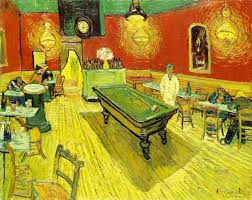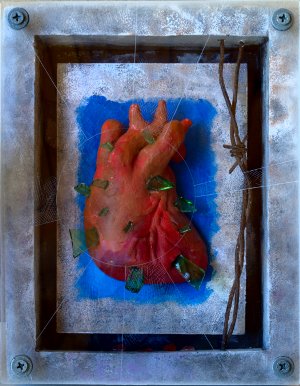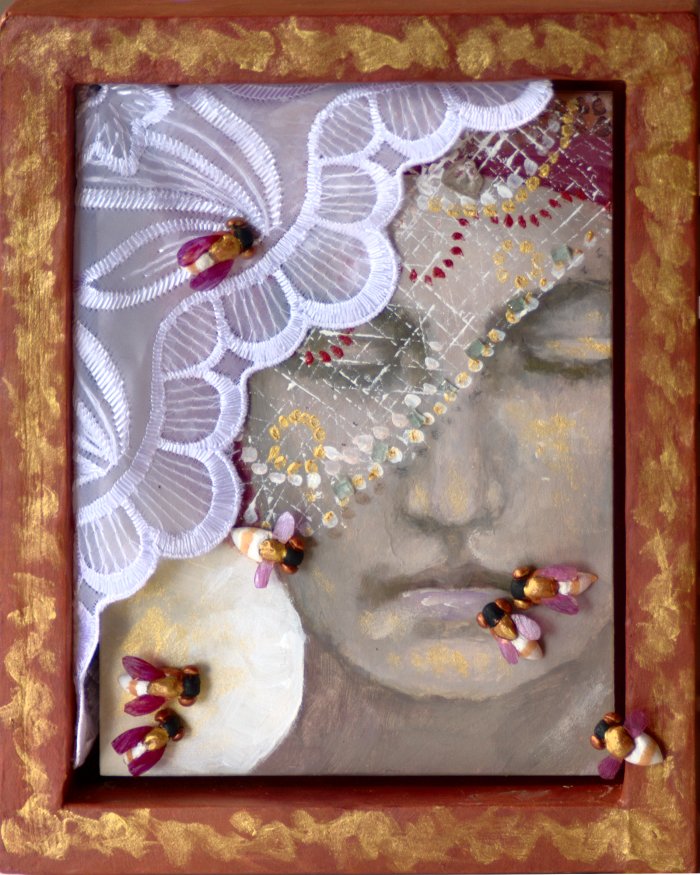Way back during my turbulent twenties – about the time Nancy Reagan was tossing out Rosalynn’s White House china, and Mount St Helens was tossing its summit into low earth orbit – I had a friend.
We’re going to call this friend “Carl,” mainly because that’s his name, and when I try to use pseudonyms I lose track of who’s who from one paragraph to the next. Carl was a director of theatrical productions, and possessed a wealth of interesting – if occasionally impenetrable – epigrams with which he informed and edified his actors. In the course of a friendship that lasted many years (and continues to this day, thanks to the internet) I managed to retain two important and enduring lessons from Carl’s store of wisdom:
A) that cultural sophistication is something you evolve over time, not something you can pick up by watching a lot of public television, and
B) that “mood” spelled backwards is “doom”.
Continue reading “In the Mood”





